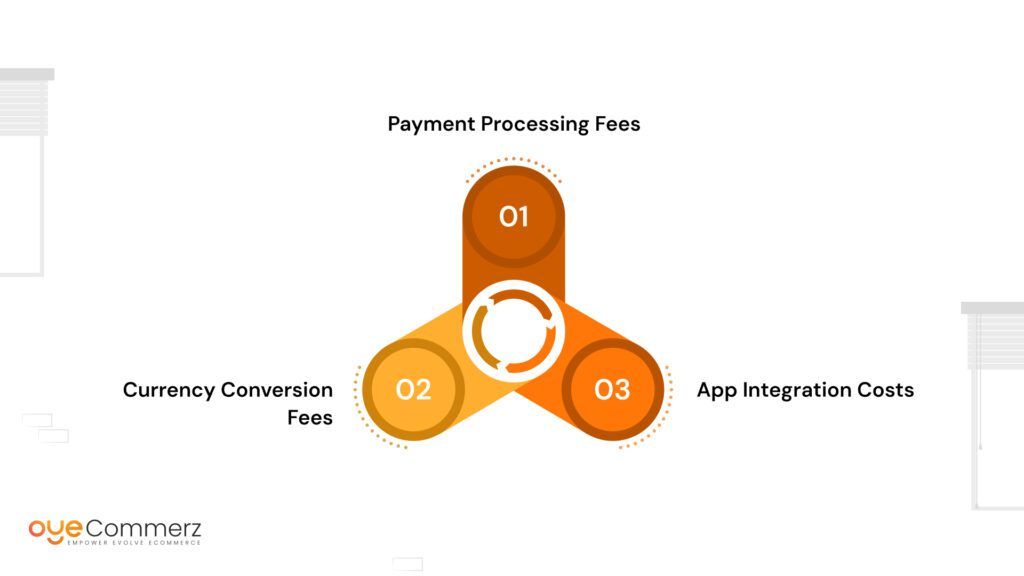In today's online environment, selecting the right e-commerce platform is crucial for business growth. If you're presently using Wix but thinking about a switch to Shopify, you're not alone. Numerous businesses are transitioning to Shopify to leverage its robust features, expandability, and specialized e-commerce solutions. This article will outline the migration process, guaranteeing a seamless transition and setting you up for e-commerce achievement.
Why Migrate from Wix to Shopify?
Before diving into the transition process, it's essential to recognize why Shopify could be a superior choice for your e-commerce needs:
- Specialization: In contrast to Wix, which caters to various website types, Shopify is engineered specifically for e-commerce, offering advanced features and functionalities optimized for online selling.
- Growth Potential: As your business grows, Shopify can easily handle higher traffic and transactions capacity without sacrificing performance.
- Extensive App Library: Shopify provides a vast collection of apps that can enhance your store's capabilities, from advertising solutions to inventory management solutions.
- SEO Capabilities: Shopify provides superior SEO options, which can help boosting your store’s presence on search engines.
- Payment Options: With multiple transaction platforms available, including Shopify Payments, you can offer customers a wide range of options.
Preparing for Migration
To guarantee a smooth transition from Wix to Shopify, adhere to these preparatory steps:
1. Save Your Information
Download all your data from Wix, including product details, customer information, and transaction logs. This step is crucial as it guarantees you have a backup of everything before initiating the migration.
2. Choose Your Shopify Plan
Evaluate the different Shopify plans offered and select one that best suits your company’s requirements. Consider factors such as costs, features included, and scalability options.
3. Set Up Your Shopify Account
Register your Shopify profile and familiarize yourself with the platform’s interface and features.
The Migration Process
Now that you are prepared, it’s time to migrate your store from Wix to Shopify. Here’s how:
1. Transfer Items
Use Shopify's built-in migration utility or third-party migration apps like Cart2Cart or LitExtension to move your products from Wix to Shopify.
Ensure that item details, images, costs, and variants are correctly imported.
2. Transfer Customer Data
Upload client details such as names and Store functionality contact info into your new Shopify store. This step is vital for maintaining client connections and advertising strategies.
3. Configure Transactions
Set up transaction methods in your Shopify store to ensure seamless transactions. You can choose from multiple platforms like credit cards, PayPal, and others.
4. Customize Your Store Design
Choose a theme that aligns with your brand identity. Modify it using Shopify's design tools to create an attractive Shopify platform and user-friendly shopping experience.
5. SEO Optimization
Implement SEO best practices during the transition process:
- Configure 301 redirects from old Wix URLs to new Shopify URLs.
- Enhance item names, descriptions, and images with relevant search terms.
- Modify meta tags and alt texts for improved search engine visibility.
After Migration Steps
Once your store is live on Shopify, consider these post-migration steps:
1. Test Your Store
Perform comprehensive testing of your new store:
- Check product pages for accuracy.
- Test transaction methods.
- Make sure all hyperlinks work correctly.
2. Launch Marketing Campaigns
Announce your new store launch through email newsletters and social media channels.
Think about offering special offers or discounts to attract shoppers.
3. Track Your Progress
Use analytics tools within Shopify to monitor sales performance and customer behavior.
Modify your strategies based on performance analytics.
Conclusion
Migrating from Wix to Shopify can substantially enhance your e-commerce capabilities and set the stage for growth and achievement. By following this manual and taking a step-by-step approach to the migration process, you can ensure a seamless transition that minimizes downtime and boosts opportunities for revenue. Welcome the change and watch your online business thrive on its new platform!
